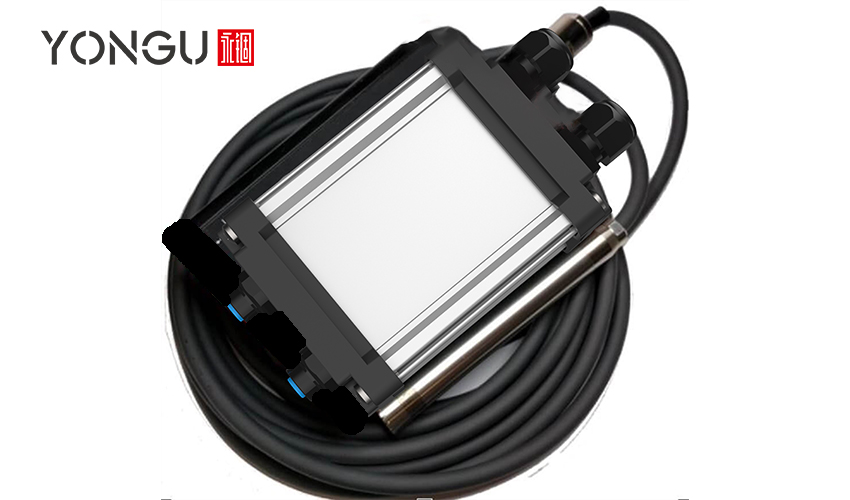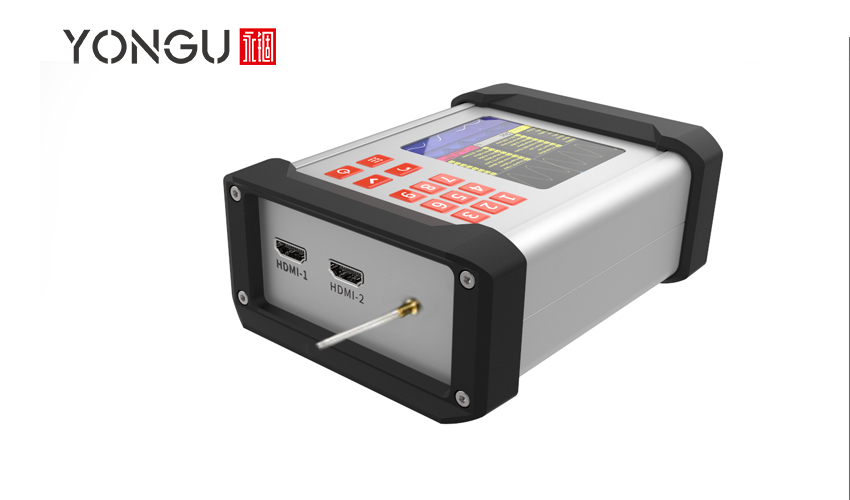ENVIRONMENTAL NOISE MONITORING SYSTEMS
The detailed description of the construction, structure, and working of each of the environmental noise monitoring options is as follows:
Sound Level Meters
Construction: Sound level meters consist of a microphone, a preamplifier, filters, and a display. The microphone is the sensing element that converts sound pressure waves into an electrical signal, which is then amplified by the preamplifier. The filters are used to separate the sound into different frequency bands, which are then measured and displayed on the device.
Structure: Sound level meters come in different shapes and sizes, but most have a handheld design that is easy to use and transport. They are typically battery-powered, and some models can be connected to a computer for data analysis and storage.
Working: To measure the noise level using a sound level meter, the microphone is placed in the desired location, and the user reads the value displayed on the device. Some models can be set to take measurements at specific intervals, and some can also record the data for later analysis.
Utilization:
- Workplace noise monitoring to assess employee exposure to noise.
- Environmental noise monitoring to assess noise levels in residential areas, near transportation routes, or in industrial settings.
- Concert and event noise monitoring to ensure compliance with noise regulations.
Construction: Permanent noise monitoring stations consist of a microphone, a data logger, and communication equipment. The microphone is similar to the one used in sound level meters, and it converts sound pressure waves into an electrical signal. The data logger is a device that records the data and stores it for later analysis. Communication equipment can be either wired or wireless and is used to send the data to a central location.
Structure: Permanent noise monitoring stations are designed to be installed in a specific location, usually in an outdoor environment. They are typically housed in a weather-resistant enclosure that protects the equipment from the elements.
Working: Once the monitoring station is installed, it continuously measures the sound levels and records the data on the data logger. The data is then sent to a central location for analysis, either in real-time or at specific intervals.
Utilization:
- Assessing the noise levels in factories and construction sites.
- Airport or railway personnel to assess the noise exposure of ground personnel and maintenance staff.
- Musicians and sound engineers in the entertainment business, to measure their exposure to loud noise at live performances.

Construction: Portable noise monitoring stations are similar in construction to permanent noise monitoring stations, but they are designed to be easily transported. They typically include a microphone, a data logger, and communication equipment, as well as a power source, such as a battery.
Structure: Portable noise monitoring stations come in different shapes and sizes, but they are designed to be compact and lightweight for ease of transport. They may be housed in a ruggedized enclosure that protects the equipment from damage during transport and use.
Working: To use a portable noise monitoring station, the microphone is placed in the desired location, and the device begins recording the data. The data can be stored on the data logger or transmitted in real-time to a central location for analysis.
Utilization:
- Workers' hearing can be damaged in high-noise work environments, and portable noise monitoring devices can help pinpoint those spots.
- Noise levels at events like outdoor concerts and festivals can be monitored with portable noise monitoring stations, and the same is true for high-traffic locations like motorways and busy intersections.
Construction: Web-based noise monitoring involves the use of web-based applications that collect data from multiple monitoring stations. The monitoring stations themselves are similar in construction to permanent noise monitoring stations or portable noise monitoring stations.
Structure: Web-based noise monitoring typically requires a network of monitoring stations that are spread out over a large area. The data from each station is sent to a central server where it is processed and displayed on a web-based interface.
Working: To use web-based noise monitoring, the monitoring stations are installed in the desired locations, and the data is transmitted to the central server in real-time. The data is then processed and displayed on the web-based interface, which can be accessed from a computer or mobile device.
Utilization:
- They can be set up on building sites to keep an eye on noise levels in real time and make sure they don't exceed acceptable levels.
- They can be put in place at entertainment hotspots in order to enable remote access to real-time monitoring data for use by venue managers or governing bodies.
- These systems, when placed in factories, can supply real-time monitoring data that managers or inspectors can view from afar.
Construction: Acoustic cameras typically consist of a large array of microphones (up to hundreds or even thousands) that are arranged in a two-dimensional pattern. The microphones are usually very small and omnidirectional, and are connected to a data acquisition system that can process the sound signals from each individual microphone.
Structure: Acoustic cameras can be configured as a handheld device, a fixed installation, or a mobile platform. They are typically designed to be weather-resistant for outdoor use, and may also have additional features such as data storage, real-time analysis, and sound level weighting filters.
Working: Acoustic cameras use a technique called sound mapping to create visual representations of sound fields. The technique involves measuring the sound pressure at each microphone in the array and combining the data to create a map of the sound pressure distribution in the environment. This map can then be used to identify the sources of the sound and visualize their location in space.
Utilization:
- Identifying and localizing noise sources in the workplace and evaluating their effect on adjacent neighbours and employees is a primary goal of industrial noise monitoring.
- Transportation noise monitoring to determine the effect of transportation noise on surrounding areas by locating and identifying noise sources, such as airplanes or trains.
- Noise from wildlife can be monitored to learn more about animal communication and behavior.

In order to ensure the continued reliability of environmental noise monitoring data, it is common practice to house the monitoring equipment in a weatherproof and dustproof enclosure. To ensure that the data acquired is more accurate and realistic of the actual noise levels in the environment being monitored, enclosures also serve to decrease the impact of external noise sources on the monitoring equipment. The risk of vandalism or theft is also reduced when the monitoring equipment is housed in an enclosure.
A and B Series have 12 models each with following unique properties.
- Thickened Panels
- Strong Load Bearing Capacity
- Strengthened Enclosure Structure with Aluminum Alloy Corners
- Modular Side Panels for easy installation
- Heat dissipation design
- Anodizing colors for whole set can be customized
- Customised length, width and height
For further information and customized product of your requirements, please follow our FACEBOOK for more updates and informations.
You can also contact us at +86 13326782625 or write us [email protected].



